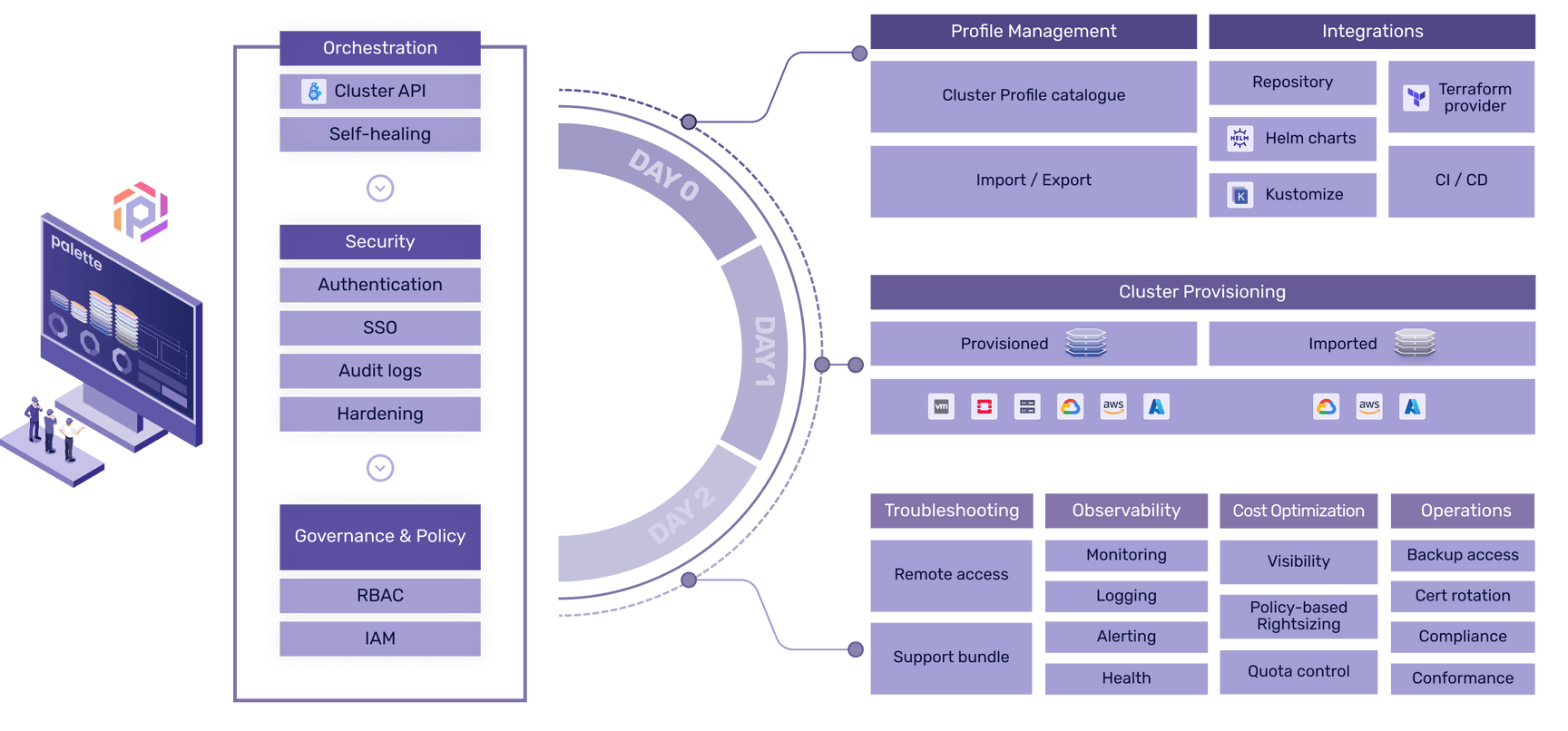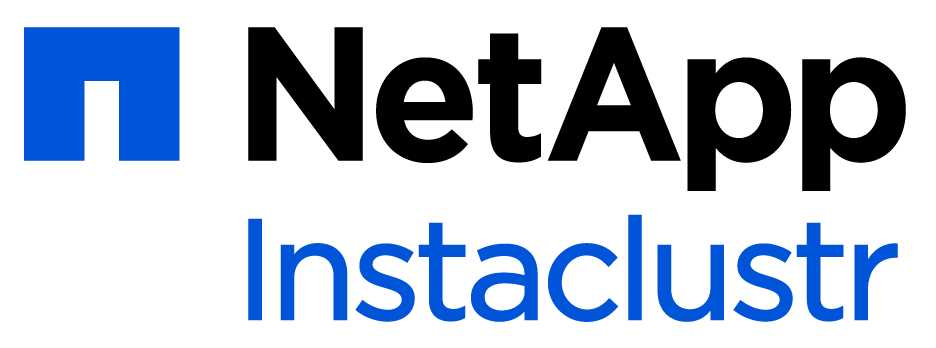Spectro Cloud Updates Its Palette Platform To Improve Kubernetes, Cluster Management
Management of Kubernetes and container workloads will get easier in 2022. IDN looks at with the release of Spectro Cloud’s latest update to its Palette cloud management platform.

Spectro Cloud is rolling out deep support for Kubernetes management in the latest update to its Palette cloud management solution platform. The Palette v2.0 platform will let development teams more easily deploy new single-cluster and multi-cluster environments in data centers, cloud and edge locations.
Spectro Cloud was founded to help dev teams more easily manage the complete lifecycle of any type of cluster, new or existing, across any environment.
The Palette platform is designed from the ground to help teams manage Kubernetes and container environments. The updates in Palette v2.0 aim to help companies better manage Kubernetes deployments and other container workloads in the cloud, according to company officials.
“The ongoing growth of Kubernetes adoption has created an industry need for innovation around how Kubernetes is being used,” says Tenry Fu, CEO and co-founder at Spectro Cloud. “Customers are telling us that there is a gap in terms of ease of use and sophistication when it comes to Kubernetes management, as they prepare to move more container-based applications to production.”
Palette v2.0 provides customers “a cohesive set of all the different capabilities. . .with more deployment options to include edge and bare metal support, and additional features that provide enhanced cost optimization and governance control. Finally, there is no need to choose or balance between usability and flexibility,” Fu added.
While using a unique architecture, Palette v2.0 extends and incorporates the Cloud Native Computing Foundation’s Cluster API for best-in-class declarative Kubernetes management. Further, the platform update aims to make Kubernetes more accessible to all organizations and supports cloud migration with features to allow teams to import existing container workloads so they can manage deployments using the same control plane.
Benefits of Spectro Cloud’s Updated Palette v2.0
One of the Palette platform’s core features is Cluster Profiles. This provides a way to declaratively define end-to-end Kubernetes stacks -- from the operating system to Kubernetes version, to storage, networking, as well as any add-on services developer teams require.
Users can quickly deploy Kubernetes clusters from Cluster Profiles. The added “orchestrator” capability, which extends Cluster API, ensures that clusters remain consistent against the declarative profile via continual reconciliation. A Cluster Profile can also utilize smart tagging, which can indicate any cluster defined is updated automatically based specifically on selected maintenance policies.
Notably, with its unified architecture to promote smooth design and deployment of Kubernetes, Palette 2.0 sports updates for both development and IT Ops teams. Specifically,
For development teams:
- The Palette platform provides development teams a secure and future-proof lifecycle environment.
- Teams can consume curated, diverse services that support their specific application needs precisely.
- They gain complete flexibility to customize and use any Kubernetes add-on application services and reuse them across multiple projects.
For IT operations (IT Ops) teams:
- The Palette built-in full-stack orchestration and declarative management provides and simplifies “end-to-end lifecycle operations” across the complete stack. This is due to Palette’s unified architecture, which includes infrastructure and add-on application services for new and existing Kubernetes environments. (This is irrespective of location, version or distribution.)
- IT teams gain a single management framework, allowing them to easily support diverse application efforts across different teams and departments.
- IT teams operationalizing Kubernetes benefit from Palette’s enterprise-grade hardened security and governance features. The platform’s visibility and control can reduce risk, optimize spending, and deliver better performance.
Spectro Cloud’s Palette applies the concept of logical planes to Kubernetes and management architecture. In specific, in Palette
The data plane carries the user traffic.
The control plane carries signaling traffic.
The management plane carries administrative traffic to manage operations of Kubernetes clusters.
Palette is open source and its architecture looks to offer Kubernetes teams several benefits, including:
Support for bare metal and edge environments: Bare metal support comes via Palette’s integration with Canonical’s Metal-as-a-Service (MaaS) interface. Organizations benefit from having a unified lifecycle management experience and consistent operations. This spans the bare metal server operating system to the Kubernetes infrastructure and add-on application services.
Enhanced cost visibility, control and optimization: Palette v2.0 can enable teams to understand better the utilization and cost of their Kubernetes deployments and projects, including granular namespace, cluster insights and right-sizing capabilities.
A “workspaces” feature: This addresses the need for IT organizations to better support multiple application development departments and user-specific deployments with better production and enterprise-grade guardrails. It improves governance and Role-Based Access Control (RBAC).
Extended insights into cluster health: IT teams gain more granular and faster resource status assessment and alerting.
In a recent blog post, Fu described the benefits of this multiple pane approach.
The benefits of a separated Management Plane and a more intelligent control plane agent are quite obvious. The Management Plane provides centralized management functionality but the actual policy enforcement and control operations are distributed to the individual clusters. This helps enterprises to be able to scale to manage tens, hundreds, even thousands of clusters without having the Management Plane being a bottleneck and therefore a potential risk.
Also, this architecture is future-proof: whether you have a single cluster, multiple clusters, or even multiple clusters from multiple vendors in multiple environments. This is another aspect to consider when evaluating Kubernetes management platforms or architecting your own DIY platform.
Palette v2.0 is available as both a software-as-a-service (SaaS) and a self-hosted software option for on-premises use.






